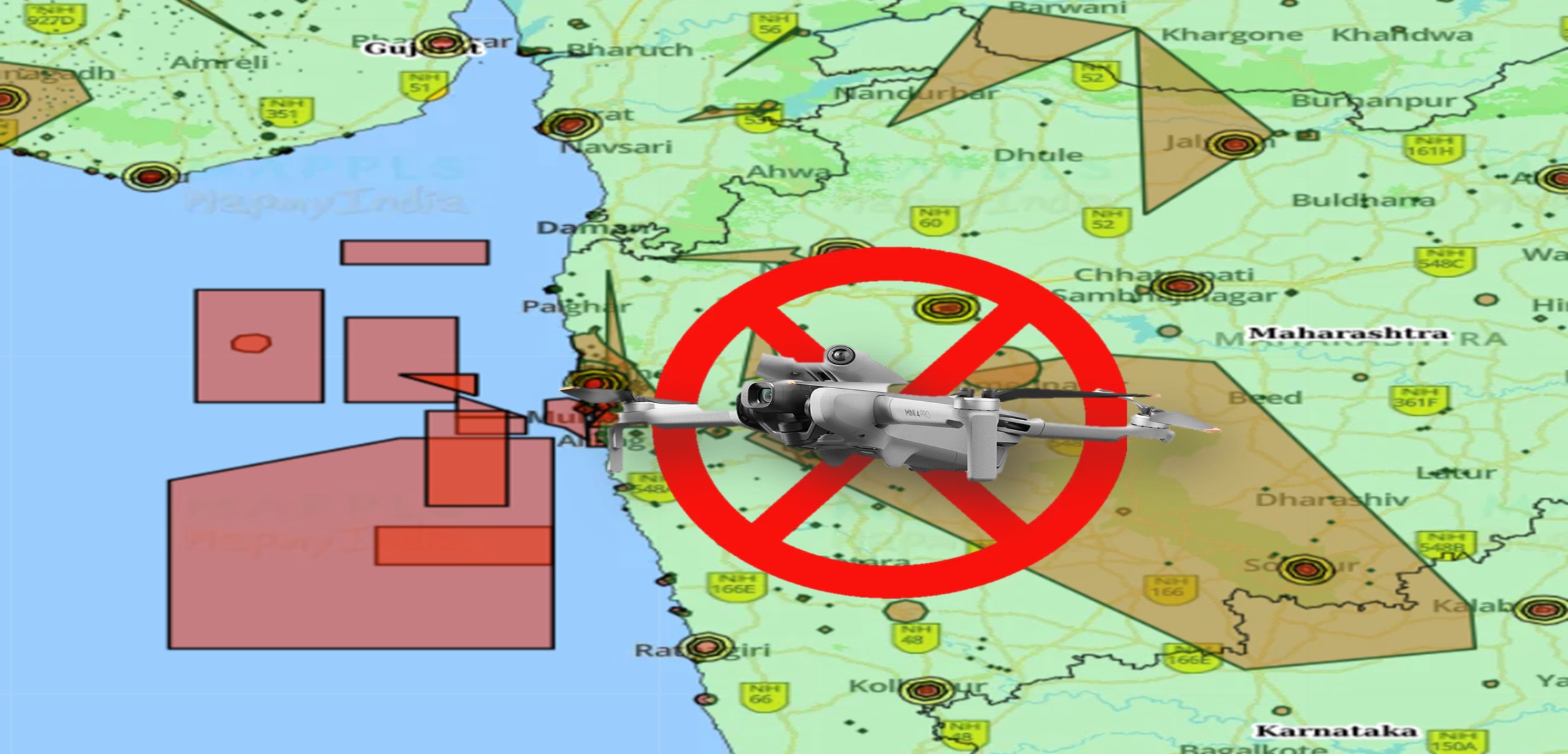DGCA Drone Zones Where You Can and Can’t Fly
Directorate General of Civil Aviation (DGCA) in India has established a structured framework to regulate drone operations across the country
Directorate General of Civil Aviation (DGCA) in India has established a structured framework to regulate drone operations across the country. To ensure the safe and organized use of drones, DGCA has categorized the airspace into three distinct zones: Red, Yellow, and Green. These zones determine where drones can operate and under what conditions, helping to prevent unauthorized flights and potential security risks.
The Green Zone is the most accessible area for drone operations, allowing flying without prior approval up to a certain altitude. According to DGCA regulations, drone operators can freely fly within these designated spaces, typically in rural or low-risk urban environments, provided they adhere to safety guidelines. This classification encourages innovation, research, and recreational drone usage while maintaining controlled operations. However, even within the Green Zone, certain restrictions may apply, such as altitude limits and no-fly areas around sensitive locations.
However, the yellow area serves as a controlled airspace requiring permission before carrying out drone operations. This area normally covers areas close to airports, strategic infrastructure, and urban places in which air visitors is high. Operators ought to reap clearance from the applicable government to ensure that drone flights do now not intrude with manned aircraft or compromise protection. this sediment of law ensures that drones may be included into shared airspace responsibly and without posing a danger to current aviation operations.
The crimson region, as the name indicates, is a strictly prohibited airspace where drone operations aren't allowed without unique authorization. those zones normally encompass sensitive locations inclusive of army bases, authorities’ homes, global borders, and other high-security regions. the stern control over red region airspace is important to maintaining national safety and stopping unauthorized surveillance or other potential threats.
via categorizing airspace into these 3 zones, the DGCA ensures that drone operations remain secure, efficient, and aligned with country wide security hobbies. For drone fans, business operators, and researchers, knowledge these zones is important to complying with rules and heading off prison repercussions. As drone generation continues to adapt, those zoning rules can be updated to accommodate improvements even as keeping strict safety measures. Staying knowledgeable about DGCA guidelines and the contemporary developments in drone guidelines will assist make sure responsible and prison drone operations in India.
.png)






Leave a Comment
Your email address will not be published. Required fields are marked *